Web Development Manager/Research & Development Manager

Masamichi Takahashi (left)
Career
New university graduate hire - joined Web Service Development Department
Second year - Manager, Web Service Development Department
Third year - Department Head, Web Service Development Department
Third year - Inaugurated as Company Director of &DC3
Third year - Inaugurated as Representative and President of &DC3 and Company Director of Celsys
Current role
Yoshiki Daimon(right)
Career
New graduate hire - joined R&D Department
Third year - Manager, R&D Department
Third year - Department Head, &DC3 Player Development Department
Third year - Inaugurated as Company Director and CTO of &DC3
Current role
Note: The following is an interview from when they were the Web Development Manager and R&D Manager. As the Representative of &DC3 and Company Director of Celsys, and as the Company Director and CTO of &DC3, they witnessed the reclassification of the company to the Tokyo Stock Exchange Prime Market in their fifth year with the company while only being in their 20s.
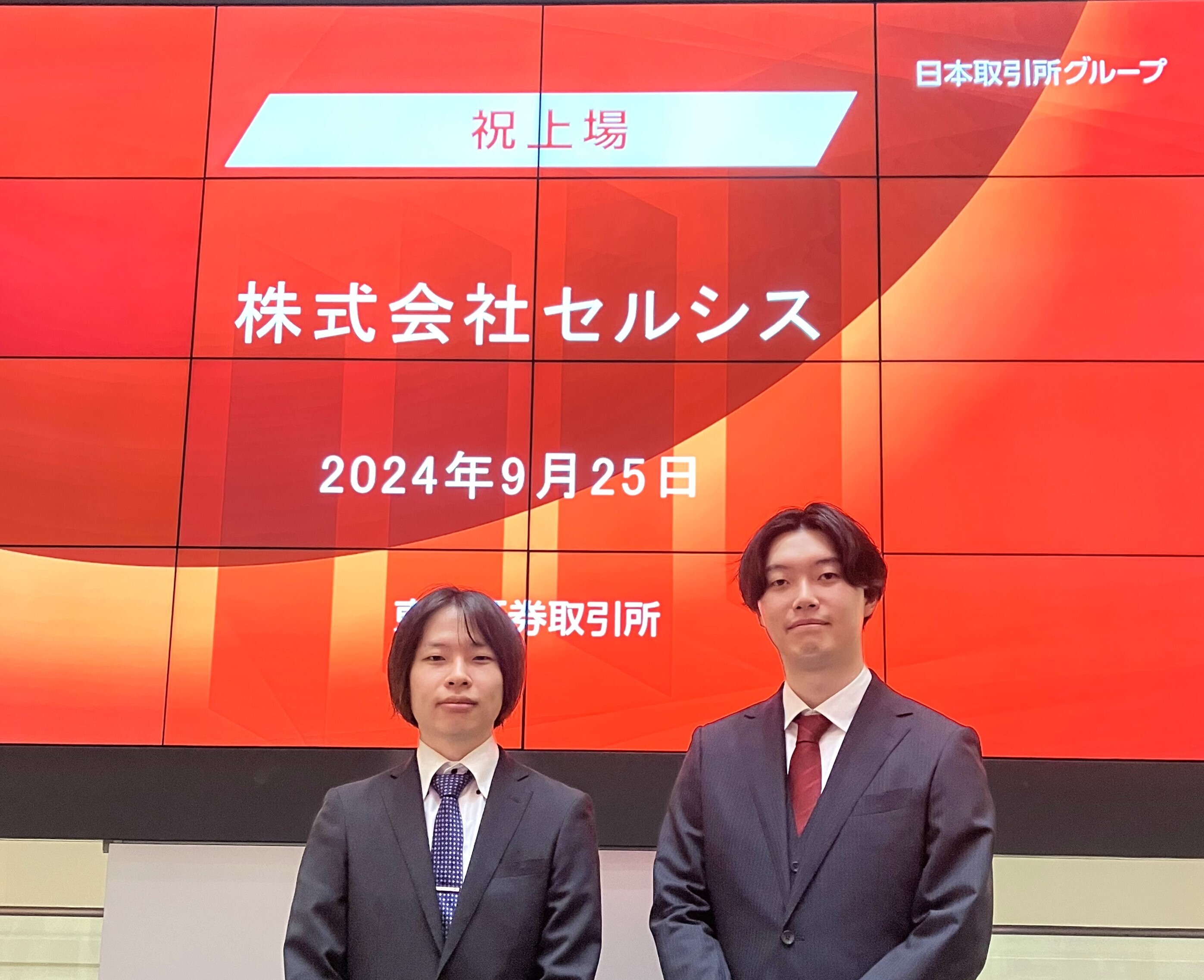
“Drawn to the idea of creating the next ten years of the organization together.”
We spoke to two members of the development team, who are both in their third year at Celsys and have been promoted to Section and Department management positions, about why they joined the company, what makes the company appealing, what makes them tick as managers in development, and what they envision for the next 10 years.
- How did you come to work at Celsys?

Daimon: I was first introduced to Celsys by a friend who was doing an internship here. I was already familiar with anime and manga content through my hobbies, so I applied to become an intern thinking it would be interesting to get involved with research on machine learning and AI. I then joined Celsys as a new graduate.

Takahashi: Like Daimon, I joined after my internship. At the time, I was looking for companies that focused on supporting the growth of pop culture and became an intern after being scouted by Celsys at a job fair.
- How was your experience as an intern?
Daimon: Although it was an internship focused on real work experience, I was given quite a lot of freedom to pursue my own projects, which made it easy to conduct my own research. It was great to have the fruits of my research implemented into Clip Studio Paint as a standard filter feature, and seeing feedback directly from users was a big deal for me.
Takahashi: I felt the same way about how easy it was to conduct development, but the thing that left the biggest impression on me was how personable the Celsys staff were. Of all the companies I talked with, Celsys was the one company that treated me not as a “student” but as a member of the team, and the fact that they spoke to me straight and gave their honest opinions was really refreshing.
Daimon: That’s definitely a thing with Celsys. When I was job hunting and meeting with other companies, the fact that Celsys had such a flat structure, with each member treated as an equal, really stood out to me and was the deciding factor for me to join full-time.
Another point was that I could join with just a bachelor's degree, whereas many other companies will not consider people without postgraduate degrees for R&D-related jobs. Celsys had no restrictions when it came to academic background, which gave me the impression that the company really values ability.
- Both of you were made managers in your early 20s, making you the youngest managers in the company. How did that happen?

Takahashi: I was very interested in becoming a manager even before I became one. It all started for me when I was an intern and I got to thinking about how we could change how we communicate so that we could reduce the workload on the team. I talked to a coworker who had been at the company longer than me, who taught me a lot about the various teams in the company. From there, I started thinking about how we could become more efficient and improve performance as a whole team rather than just individuals. That led me to research management philosophies and HR strategies, which further deepened my interest in the subject.
After that, I showed my manager that I was interested in a managerial role, and bit by bit, I was entrusted with managing various projects and eventually made manager. That all happened in my second year at the company.
Daimon: From my early days as a full-time staff member, I provided support for interns and was actively involved in setting assignments, research strategies, and proposing new offerings. My manager at the time took the time to listen to what I wanted to do, and provided that I kept the creators at the heart of whatever I was planning, I was afforded the flexibility to move forward with my projects. I also got included in projects that involved direct work with the company founders and president, which made me feel that I was being given work that was appropriate to my ability, rather than just because I was a new graduate. Of course, I was well supported during those projects, so I never felt anxious.
By following my instincts and doing work that interested me, I was made a key member of a new business division, for which I was highly appraised and led to me becoming a manager. That appraisal was a shock to me, and I received a much bigger raise than I was expecting, too.
For me, I honestly feel that the reason I got the position was that I pursued what was interesting to me as an engineer. I guess that was the total opposite of Takahashi’s situation, though.
Takahashi: In my case, I think my aptitude for a management position was scrutinized after I made it clear that I was interested in management. However, Daimon found himself in a management role by pursuing his interests and is now a very hands-on manager who works closely with his team. It seems like there are many managers like that here at Celsys.
- What makes Celsys different?

Takahashi: First of all, I feel like all the people here are fantastic. There is no feeling of malicious intent, and no one tries to get one over on their colleague. It’s a place where everyone can put their best foot forward without hesitation.
It’s also a really open company as well. Since my time as an intern, I have had many opportunities to speak directly to the president and directors. I was unaware of their position in the company when I spoke with them, which shows just how egalitarian the communication style is.
Daimon: I agree. It’s an atmosphere where people see you as an individual, not a position. There’s no seniority-based promotion system. Promotions are based on merit and ability. There’s no feeling that just because you’re a manager, you’re more worthy than those around you. There is an organizational hierarchy, but each individual is respected no matter what role they perform.
Takahashi: Speaking of respect, as Celsys has a reputation that it is a technology and engineer-oriented company, we often hear from people in non-technical roles that their initial attraction to the company was because of its technical reputation. I think it’s pretty rare for a whole company to have those kinds of feelings amongst all its staff.
Daimon: As an engineer, though, it’s a really comfortable place to work. There are no nitpicky rules about what equipment or books we can and can’t buy, so we have leeway to get the things we need to do the job. The company has its finger on the pulse of new technologies, so we don’t often run into “there’s no budget for that” and can do things like buy servers with powerful GPUs for machine learning and technical guides for all of our engineers.
Takahashi: There’s even a complete O’Reilly collection in the cafe space. I don’t know where I’d be without that.

Daimon: I agree. Everything is set up for us to dedicate ourselves fully to programming. We have people who hone their skills as specialists, and others who are hands-on managers like me, or even those who are more of the people manager role like Takahashi, so even while you’re programming, you can get involved in the upstream process and handle planning. There’s no set path, and I feel like there are so many different career paths here as an engineer.
Takahashi: There’s also the allure of the fast-paced environment. There’s an attitude to decision-making of “let’s go with what’s good,” which moves things along quickly. Not to mention that someone like me, who became a department head in their third year at the company, is pretty unheard of in Japan, where according to a statistic I saw online, the majority are in their late 40s to 50s. That sense of speed at Celsys is something totally different from most companies.
With the company celebrating its 30th birthday, and Clip Studio Paint celebrating its 10th, it feels like we’re at a turning point for the company and looking forward to the next generation of products, so it’s a very exciting time to be a young manager and try new things.
- What do you enjoy about being a manager?

Takahashi: There are two things I can pinpoint as parts of the job I really find fulfilling. One is seeing my team members grow. We discuss things like technology and communication daily. However, when those discussions build upon each other and produce results in big projects, they naturally get to test their skills in those situations. Those times when I get to see someone on my team have a eureka moment are so exciting, and I feel as happy as if it happened to me.
The other thing is seeing how each member of the team, with their different talents and strengths, can come together to create enormous synergy. Some people are good at focusing hard on one thing, whereas others are good at seeing the bigger picture. Figuring out how to combine their strengths to bring out the best in the team and how to measure that is what I believe is my job as a manager and is what makes the job interesting. I want to create an environment where top-class engineers can pursue their own interests, so I try my best to make a fun work culture for all my team members through technology and keep up one-on-one daily communication.

Daimon: From the point of view of an engineer, I enjoy having the discretion that allows me to choose from a wider variety of technology. Because I’m involved in deciding on the specifications and planning of the service, I can be like an IT architect and work out the technical side of things, from the server structure to selecting which libraries and languages we use. Also, as my position has changed, I have a direct line to the executives' opinions and requests, making it easier for me to make proposals in line with their objectives. And because I can continue programming and researching while managing my team, I like that I can view my team members from a slightly higher perspective while improving my own skills at the same time.
Talking to each team member made me realize that they all want different things. I love the challenge of trying to match what they want to get out of work with what tasks I decide to give them and how I frame a task for them when requesting it. Creating an environment where people feel motivated to work and have it align with what they want to do as much as possible is directly beneficial to the company as a whole. I myself try to be a manager who runs in parallel with my team members as an engineer.
- Looking at the next ten years, what kinds of people would you like to work with?
Also, how do you see the company and its services growing?
Takahashi: I want to work with people who feel like they want to achieve big things in their lives. In the 30th year of Celsys’ existence, we find ourselves in a period of change, both as an organization and as a business, due to the major changes in the digital content and creativity world. Because of this, we are putting our fingers to the wind and figuring out how the next generation of creativity should look and how we can best support creators in that context. As an organization, now is the time for us to create new structures in which the younger generation can play an active role as a force to bring about that next generation of creativity. I want people who aren’t passive and are drawn to the idea of creating the next ten years of the organization together.
Daimon: I agree. As a company, I think it’s important to maintain a balance, so I want to work with all types of people. For example, if you take a look at Takahashi and me, we are close in age and position, but our personalities could not be more different. But it’s because of that fact that we can complement each other’s strengths, and I think that has contributed to a deep trust that we have in each other. That’s why I think the ideal for me is for the company to take on a different form with the individuality of each new member.
From a technical point of view, I would like to work with someone who is committed to programming. Being detail-oriented means having a high level of competency, which I believe is a strength. I think it would be interesting to work with people like that.
Takahashi: In terms of product development, we are very aware of the need to look to the future while keeping in mind the users who have stayed with Clip Studio Paint through the years. I think it’s imperative that we keep our finger on the pulse with creators and understand what they think about when getting creative, what they find fun about the creative process, and on the other hand, what they don’t enjoy. With that kind of attitude, I think we will be able to react rapidly and offer solutions while sympathizing with our users.
Daimon: We have always been a company with a “creator first” ethos and I want to be able to grow the company and our products with cutting-edge technologies without losing sight of that. I would like for us to continue trial and error to use new technologies such as machine learning to provide services that can improve work efficiency or be used purely for the joy of creating, and contribute our technology to creators who produce a variety of content.

Note: Stated information is as of the time of publication.
-

-

A work style in line with you
Now that I am working from home,I no longer have to commute, which gives me more time to devote to my family ...
-
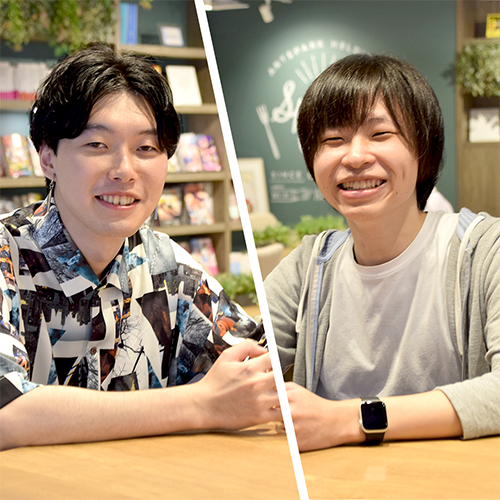
Web Development Manager/Research & Development Manager
Drawn to the idea of creating the next ten years of the organization together.
-

App Development Director
It’s so rewarding to see my ideas implemented in the software as new features.
-

App Development Manager
I feel that feedback on your results is prompt and that your skills are accurately evaluated regardless ...
-

App Development Engineer
Joined Celsys after being unable to forget the happiness and satisfaction of helping creators during h...
-
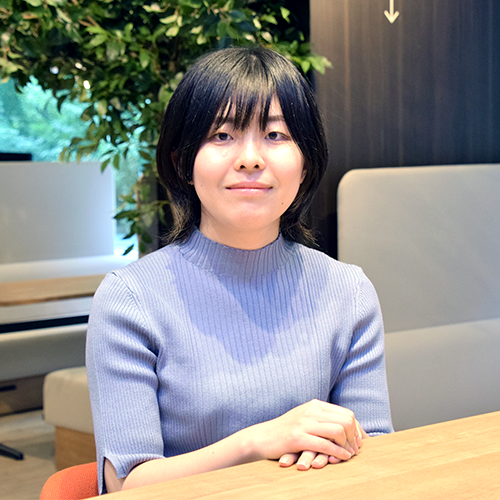
User Support (joined as new graduate in 2022)
I feel motivated knowing that with my work I am helping users who are creating wonderful works of art from ...
-
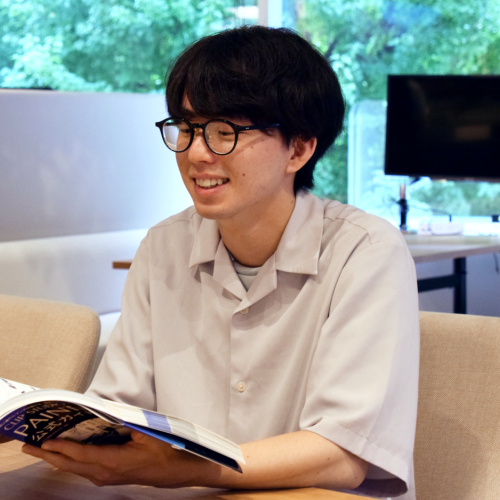
App Development Engineer (joined as new graduate in 2023)
I will never forget the feeling of accomplishment I had when my work was incorporated into Clip Studio Pa...
-

Development Manager
Being able to create and release everything by ourselves in-house gives us a strong sense of accomplish...
-

App Verification Manager
Working in my own style with gusto!
-

Chief Designer
The power of design makes all the difference in product recognition. We're seeking passionate people w...
-

WEB Marketer
I joined the company to help spread the software I love, Clip Studio Paint, around the world.
-
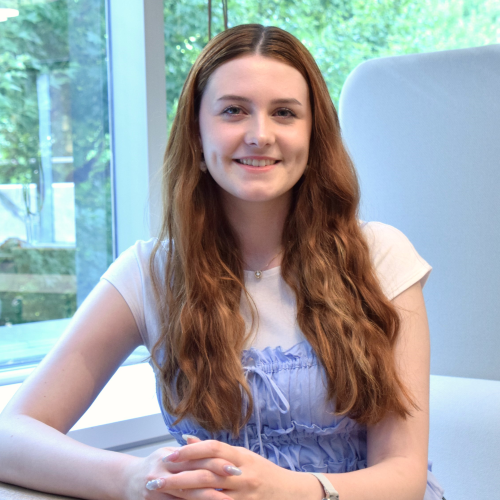
Content Producer and Editor (joined as new graduate in 2023)
I find it very rewarding to create content that connects creators around the world.
-
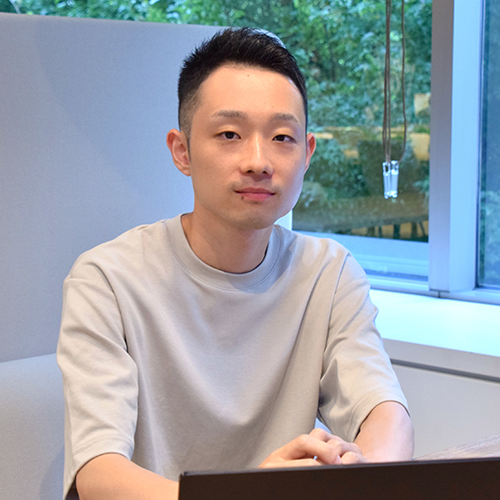
Web Engineer (joined as new graduate in 2024)
I have an environment that not only allows me to actively challenge myself, but also supports me in doing ...



WEB Engineer
Our team of diverse backgrounds, cultures, and perspectives all share one mission: to support creativ...